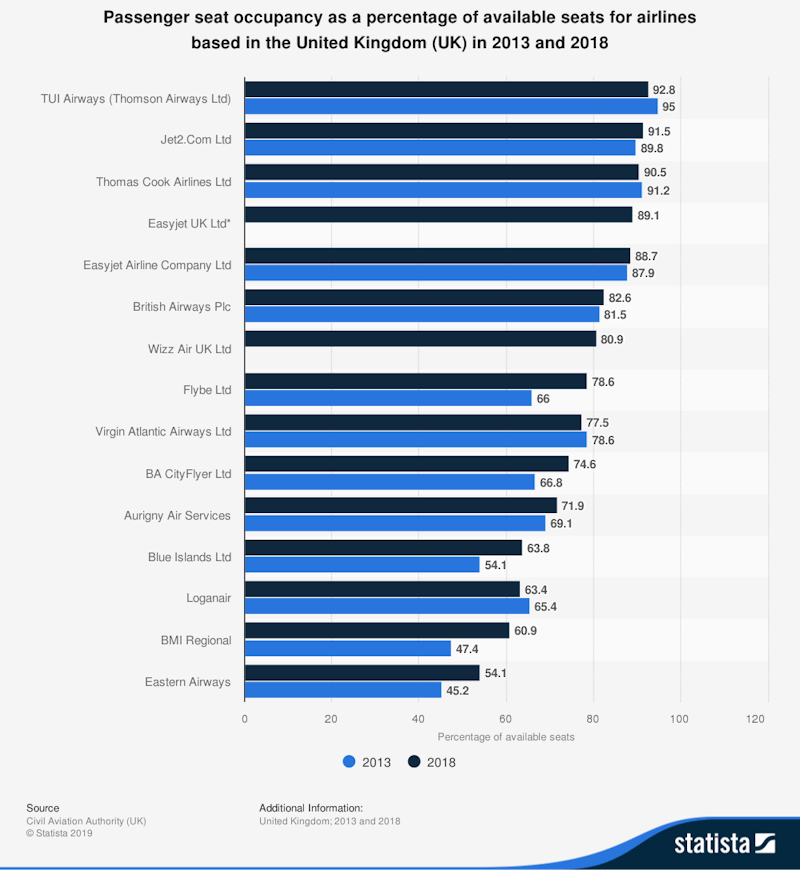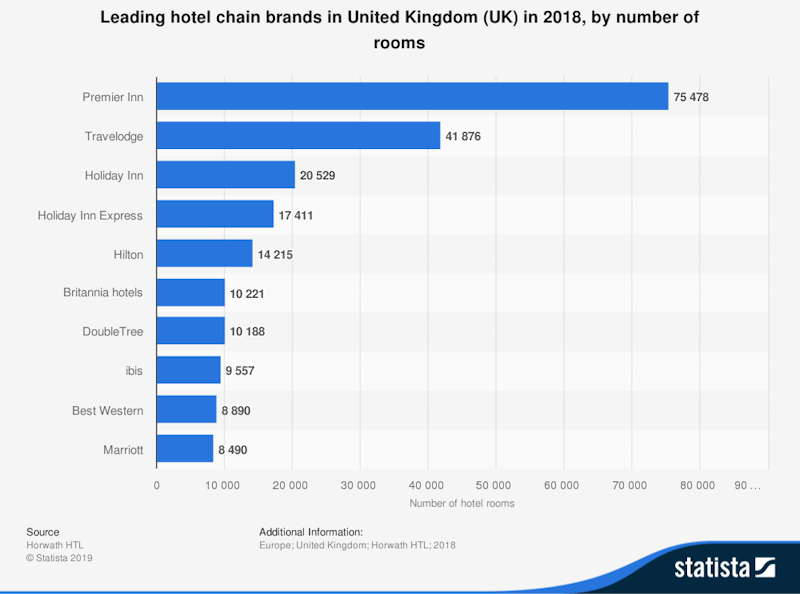Study Notes
Capacity utilisation and cost
- Level:
- AS, A-Level, IB
- Board:
- AQA, Edexcel, OCR, IB, Eduqas, WJEC
Last updated 17 Aug 2019
In the short run, many businesses look to optimise unit costs by keeping capacity utilisation at high levels.
Capacity utilisation can be defined as: The percentage of total capacity that is actually being achieved in a given period.
Average production costs tend to fall as output rises – so higher utilisation can reduce unit costs, making a business more competitive. The main reason for this is that total fixed costs in the short run can be spread over a higher level of sales / output.
When a business is operating below capacity it is said to have spare capacity.
The chart below tracks capacity utilisation among leading UK airlines. These businesses often make extensive use of price discrimination to help reduce the number of unsold seats on each flight. Low cost airlines in particular look to keep the number of unsold seats to a minimum.

Maintaining a high rate of capacity utilisation is hugely important in many industries including the energy sector, manufacturing plants making processed foods and also in sectors such as the hotel industry. The leading hotel chains in the UK have thousands of rooms to fill each evening. Sometimes they may over-book rooms because they know that there is always a certain percentage of no-shows.

In an economic recession / downturn, the level of spare capacity tends to rise and this can lead to higher average costs which then threatens the profitability of a business.
You might also like
Explaining Price Elasticity of Supply
Study Notes
Economic Growth (Revision Quizlet Activity)
Quizzes & Activities
Factors that can cause an economic recession
Topic Videos
Macro Policies to avoid an Economic Recession
Topic Videos
Coronavirus: Elasticity of supply of ventilators
18th March 2020

Is cyclical unemployment starting to rise in the UK economy?
19th December 2022
What is demand-pull inflation?
Study Notes
Daily Email Updates
Subscribe to our daily digest and get the day’s content delivered fresh to your inbox every morning at 7am.
Signup for emails